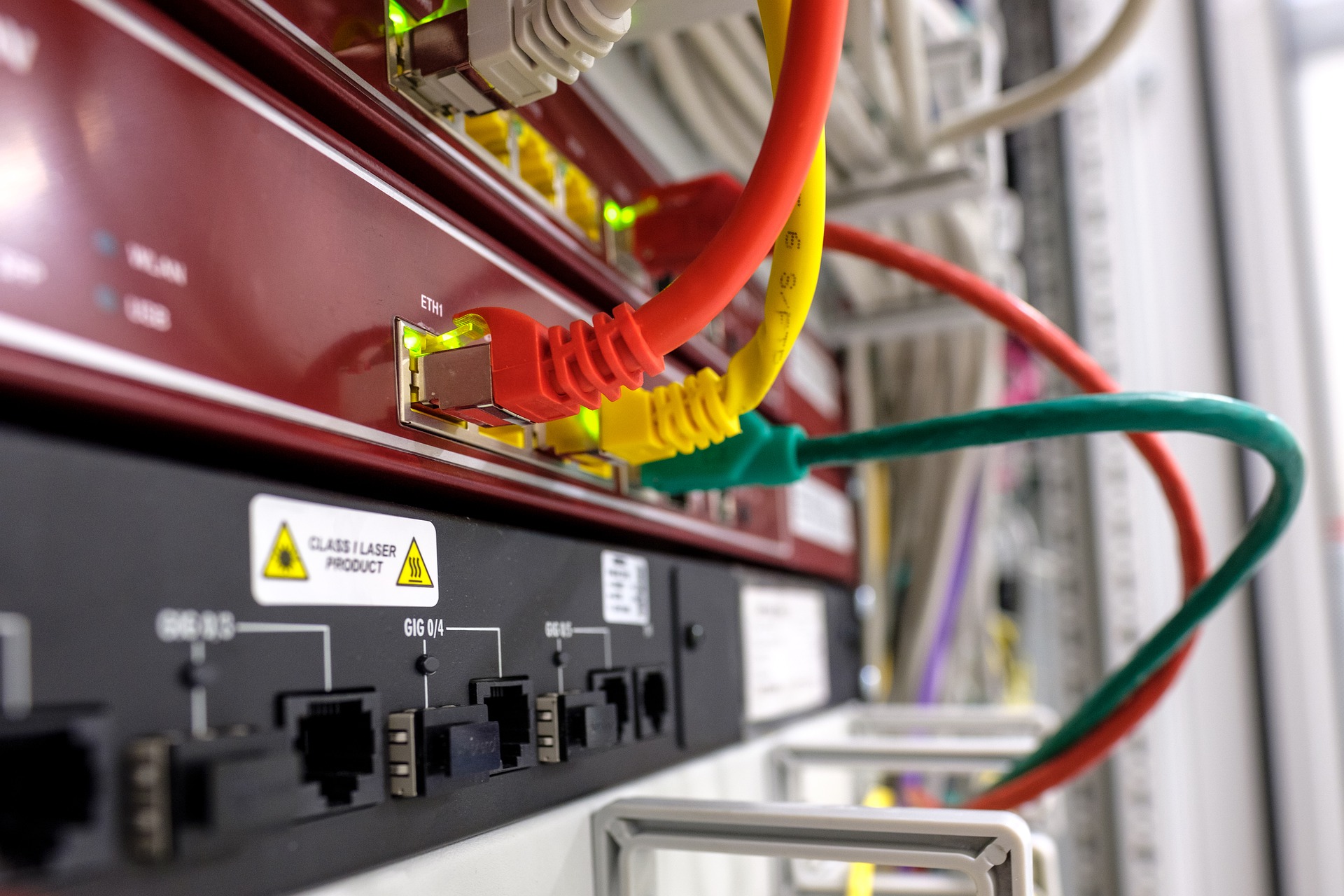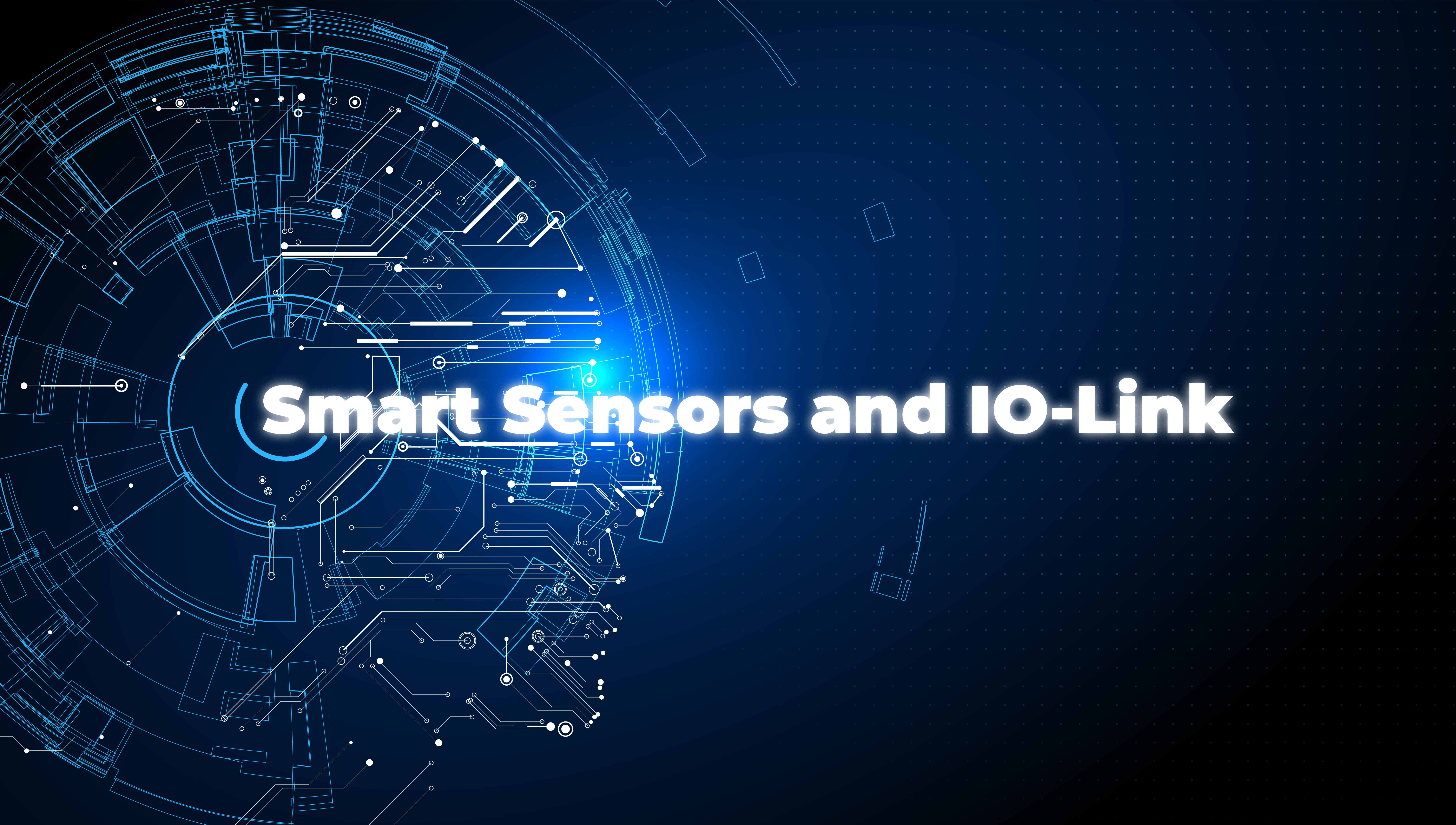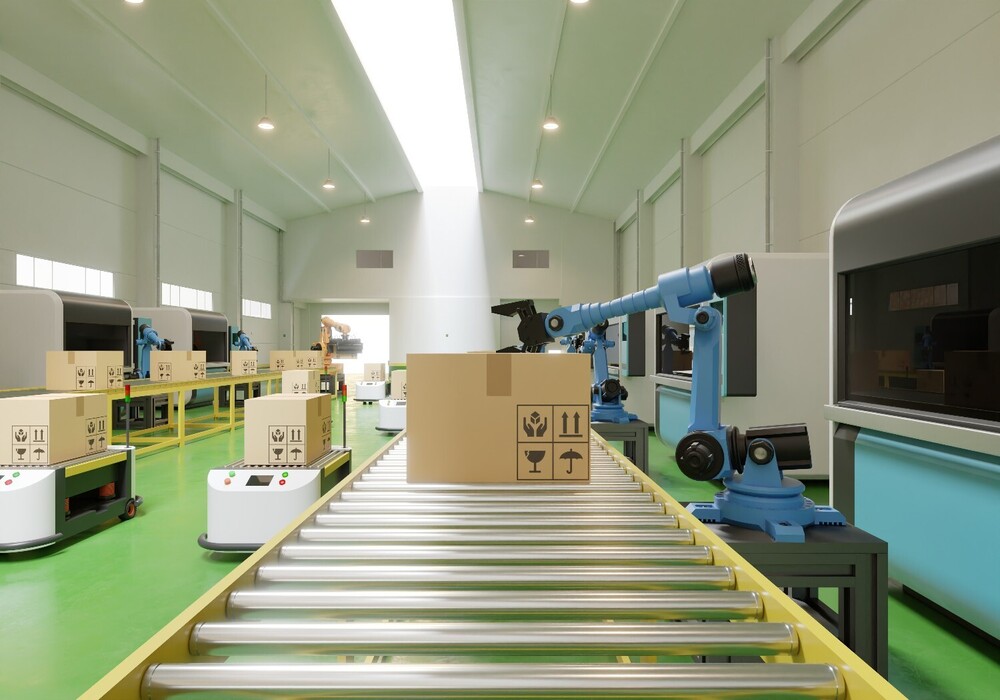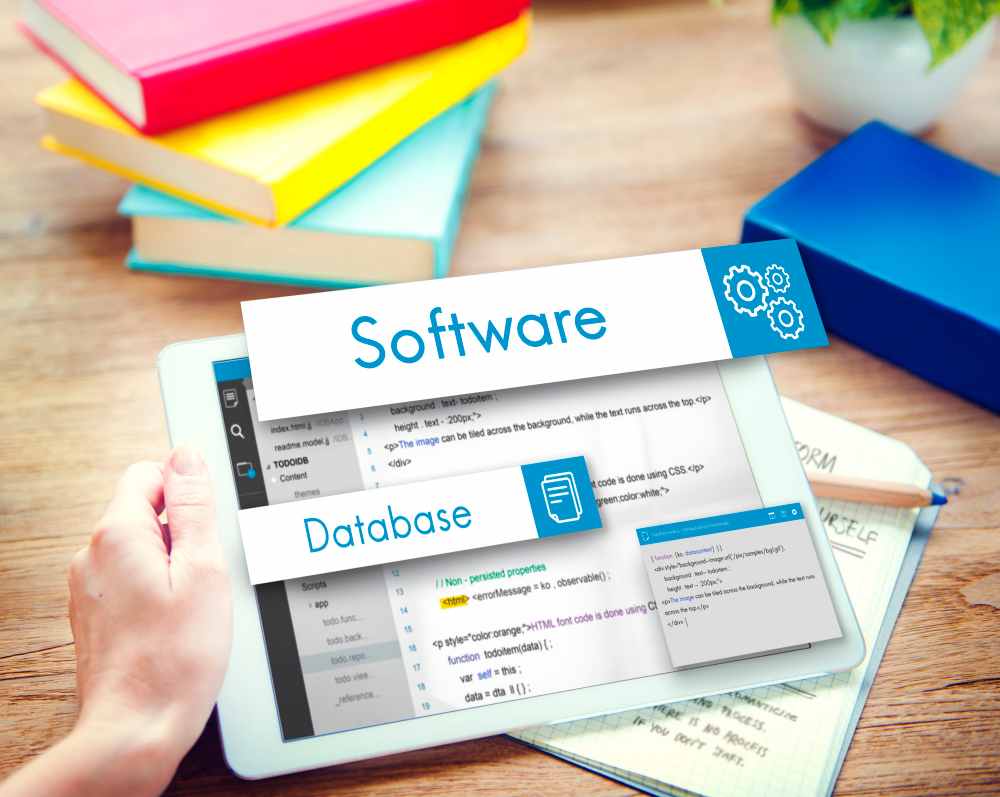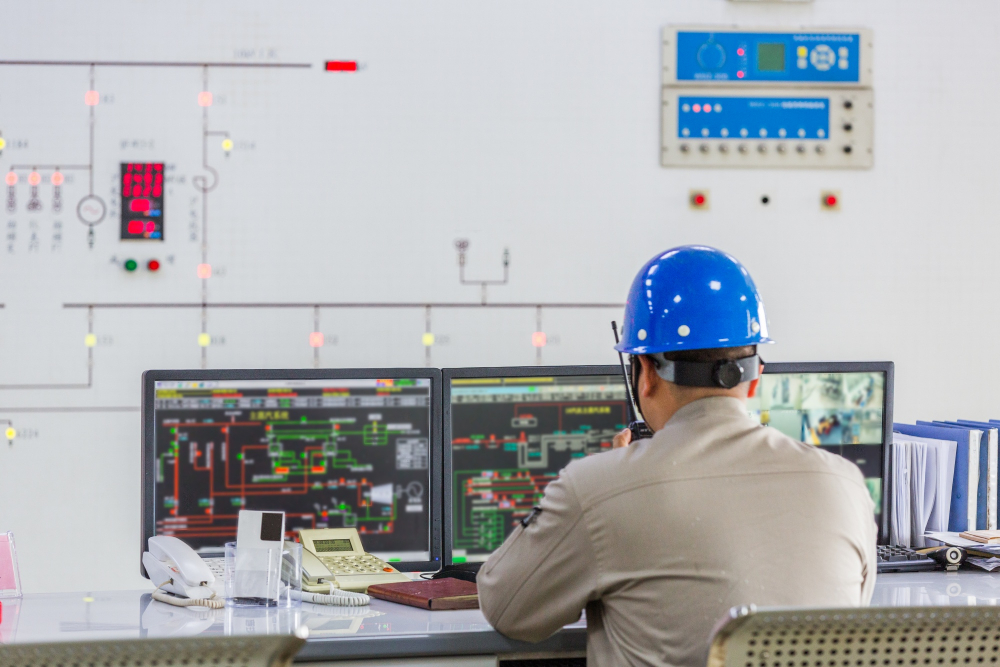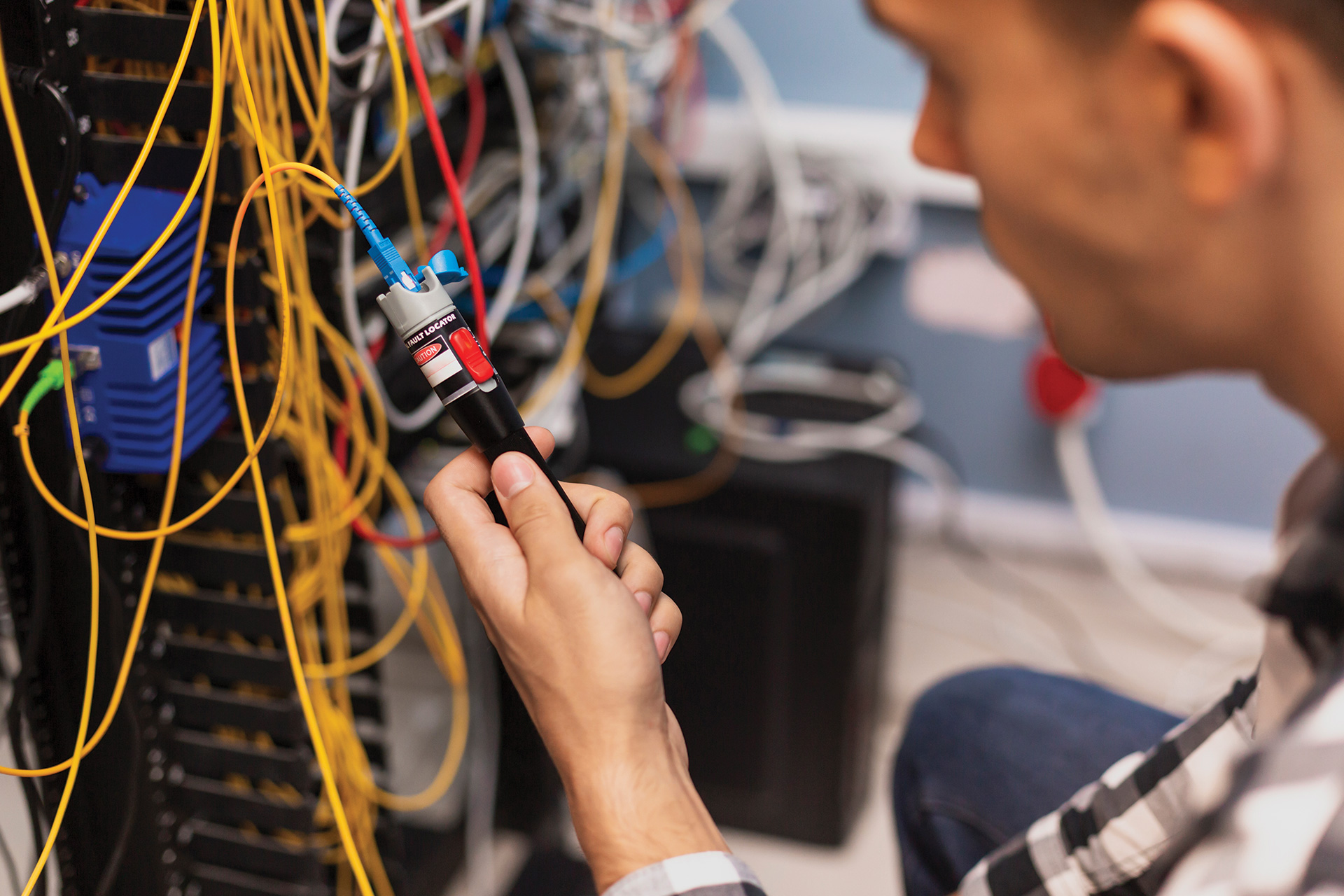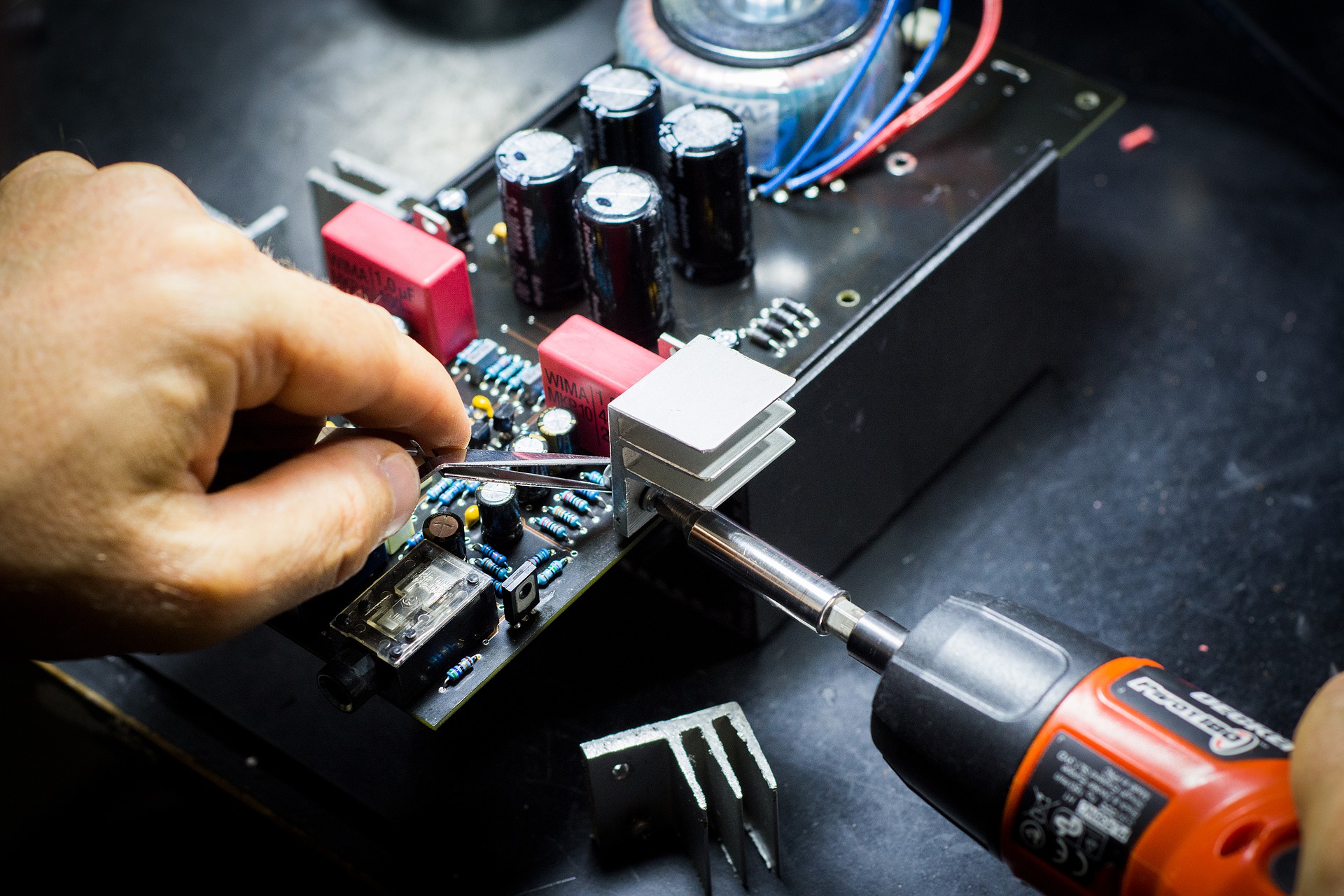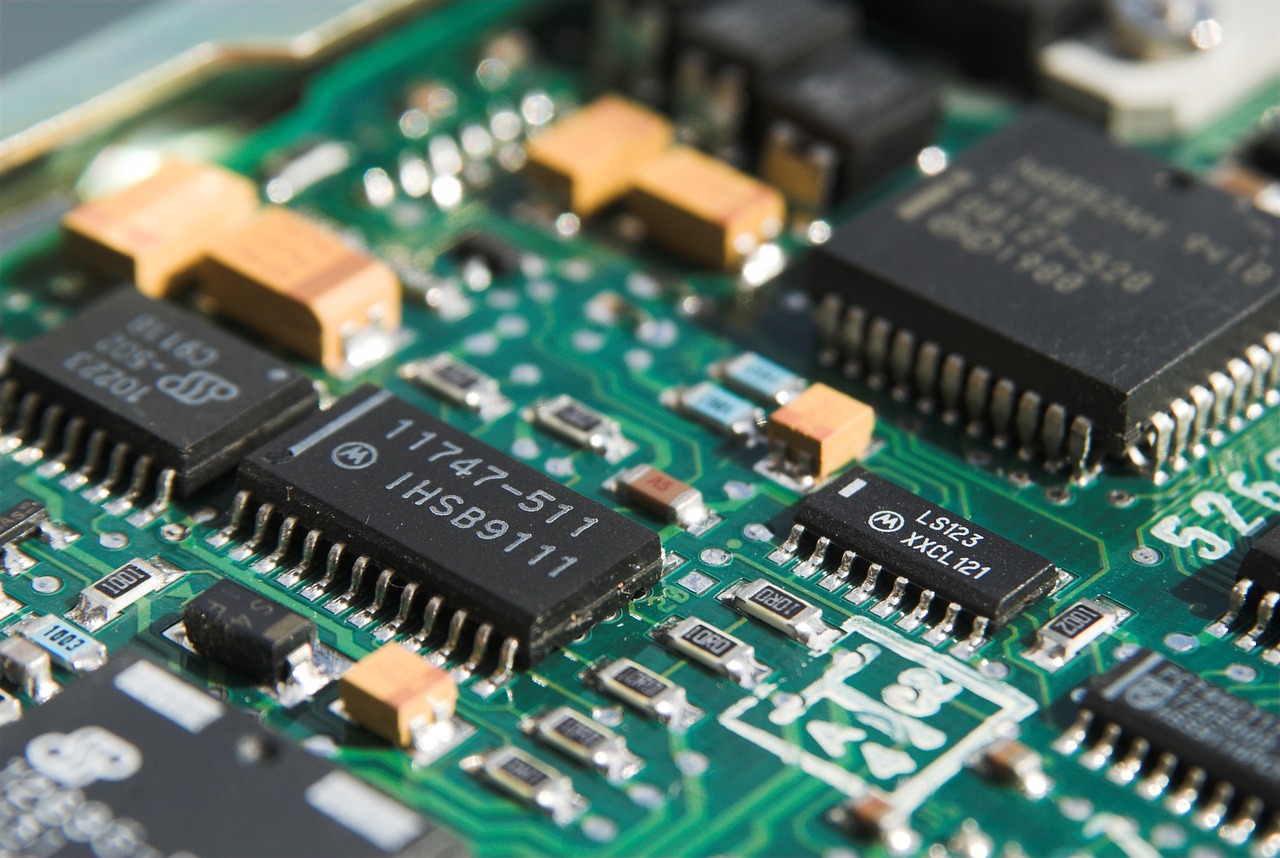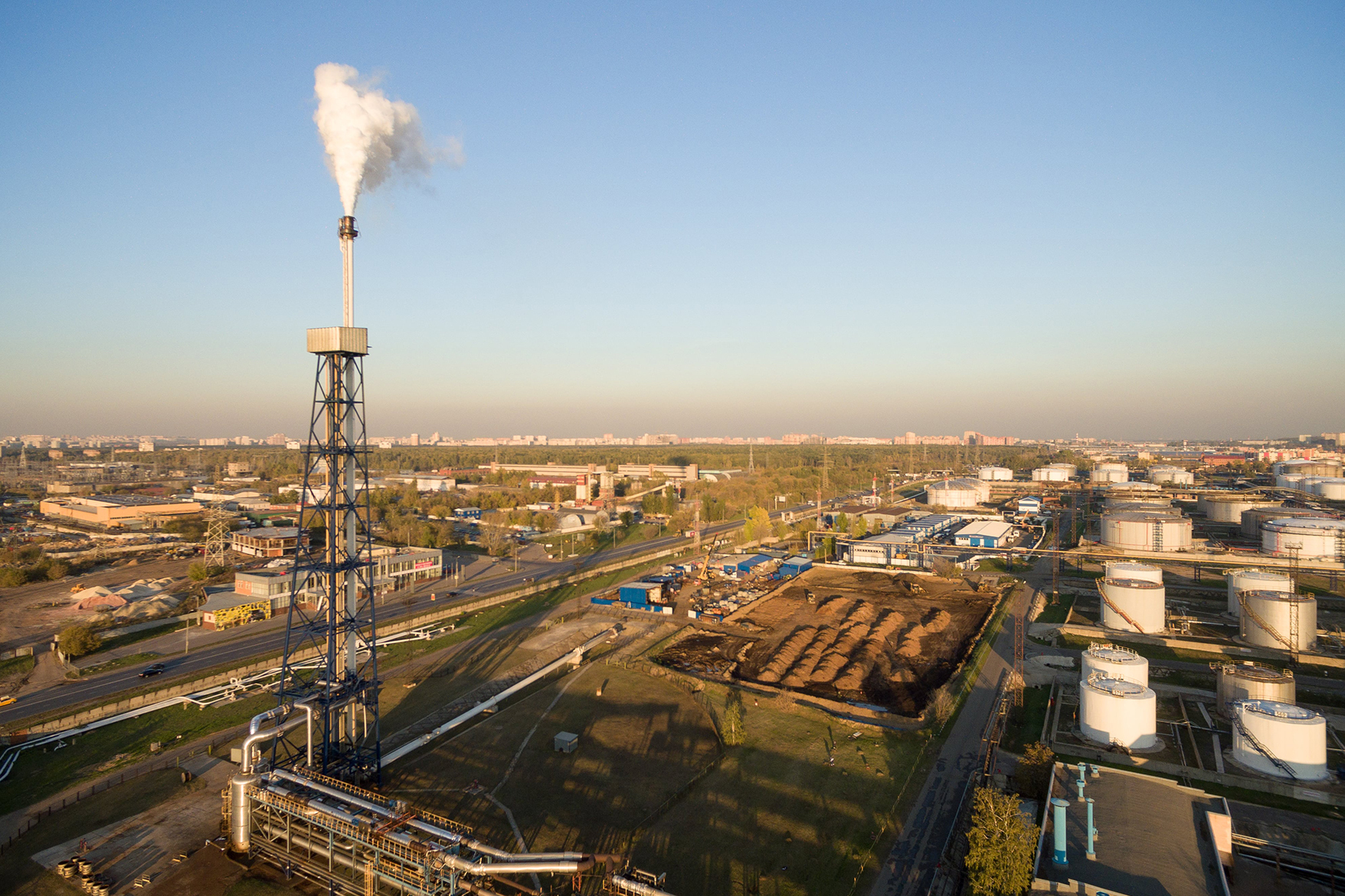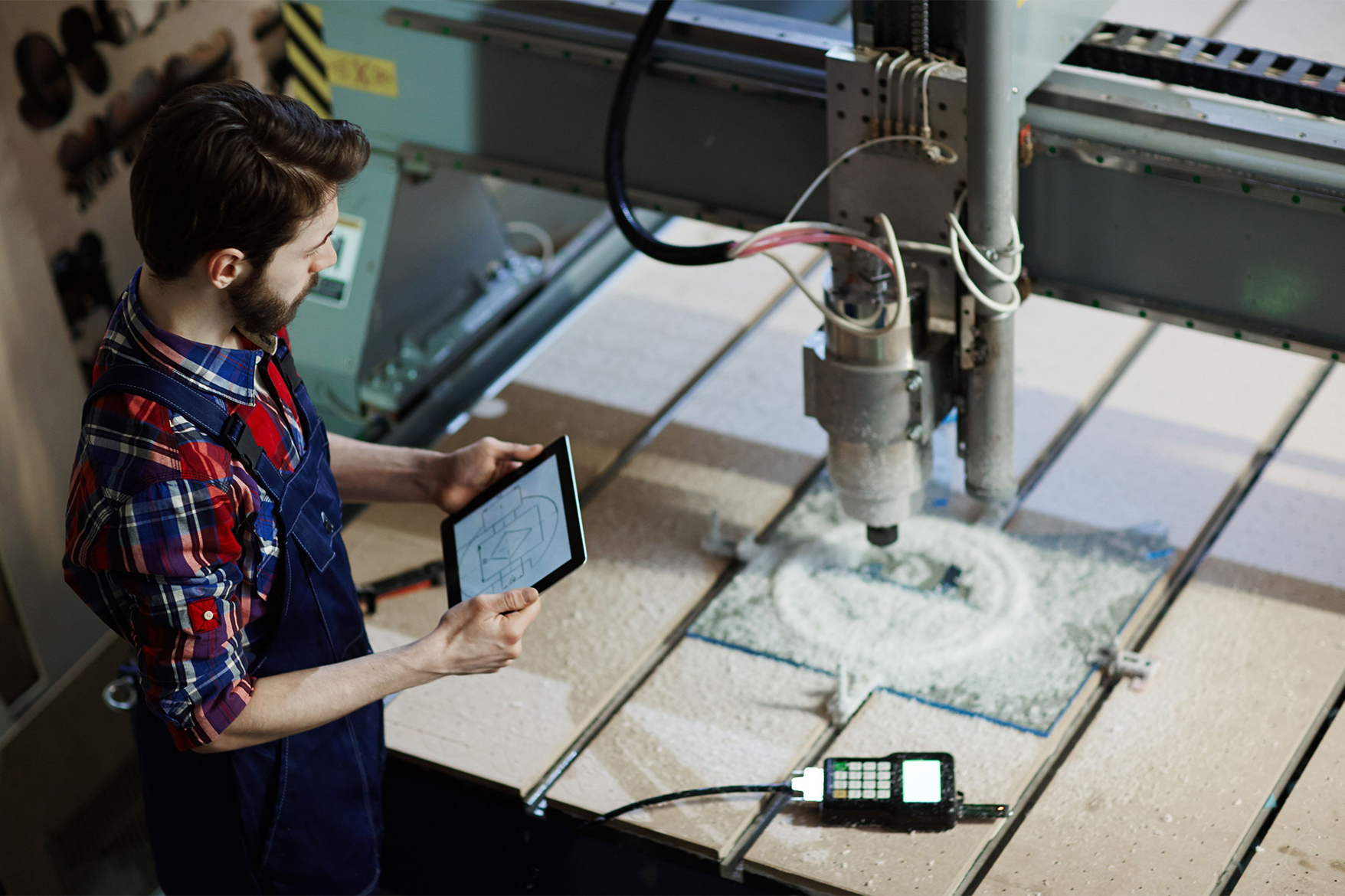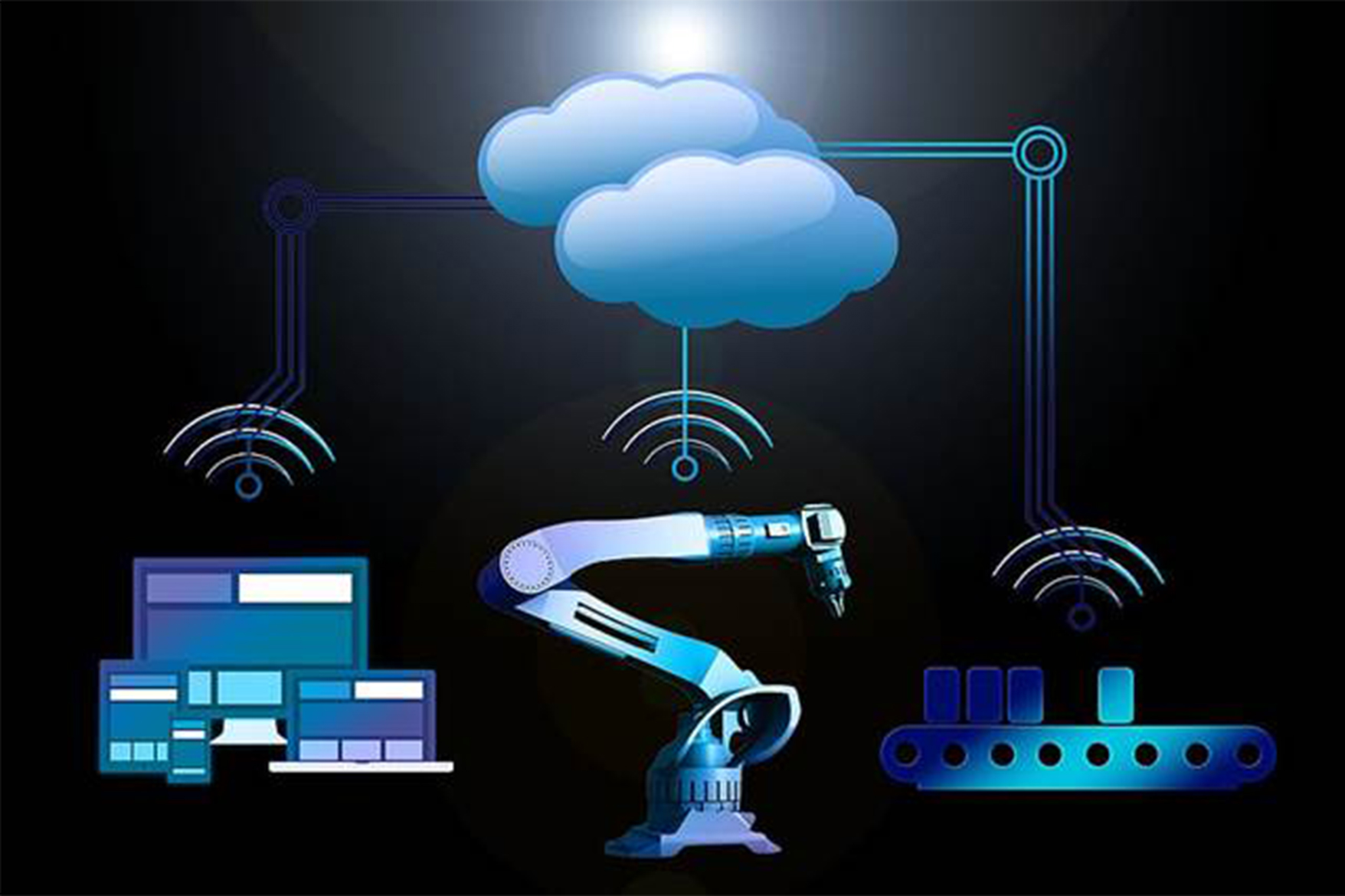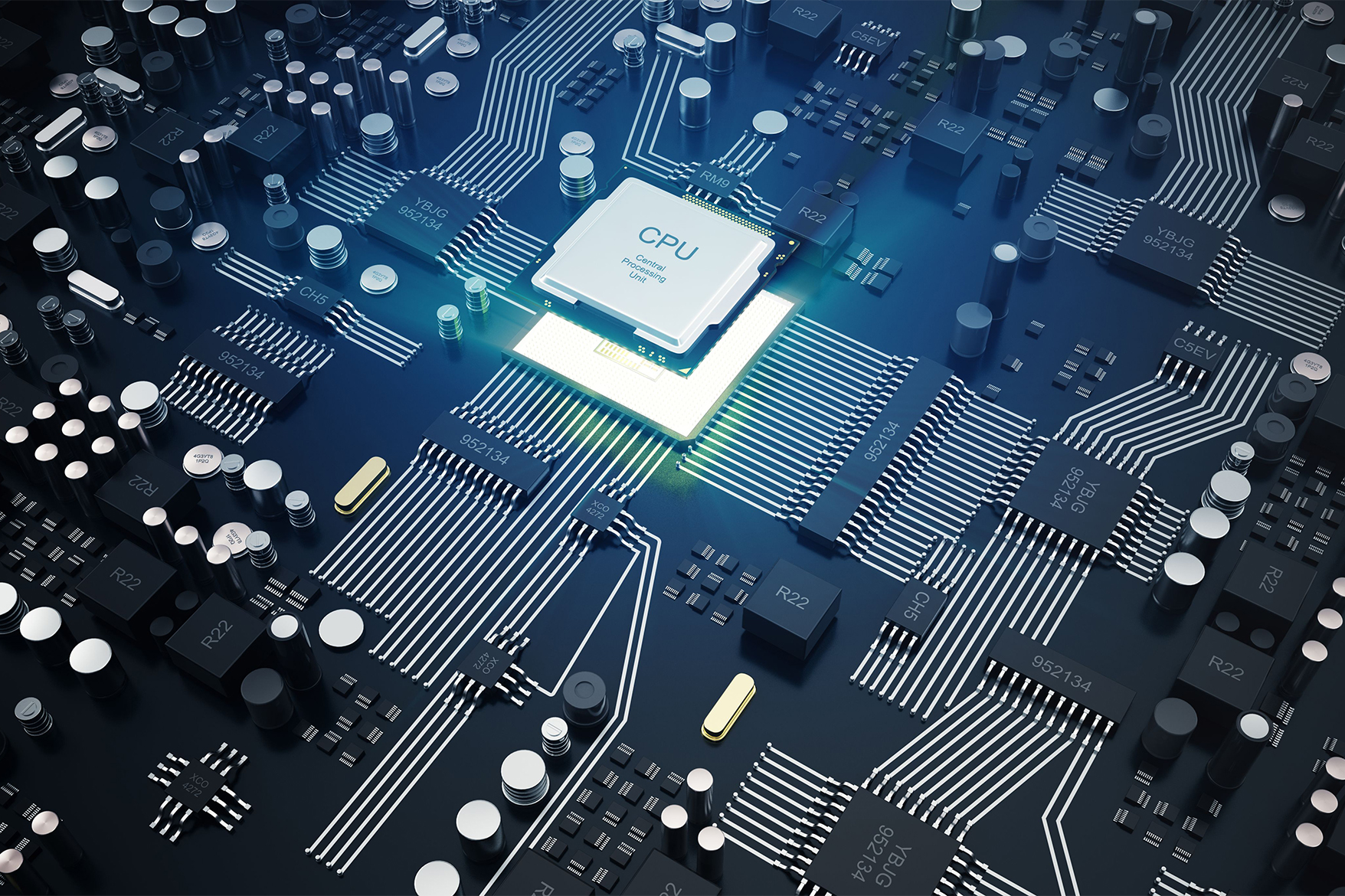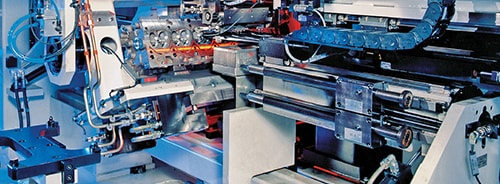What Is Obsolescence Management?
One of the prominent effects of industry 4.0 is the massive change to the industrial equipments usage and their management. This involves not only maintaining their aging electronic components but also adding new ones, while ensuring it doesn’t disrupt their existing operations. Not only this; the adoption of the new age technologies has been accelerated by Industry 4.0 trends. This has pushed industries towards chalking an obsolescence management strategy.
The International Institute of Obsolescence Management defines “obsolescence” as an activity when electronic components age and require replacement or repair. In some cases, the manufacturers of such components like parts of PLCs or chips of PCBs stop producing such components to shift to an upgraded version of the same. For manufacturing industries, this could trigger a panic situation at times of unexpected malfunction or maintenance services.
Obsolescence management is a strategic technique that makes sure the risks associated with resources becoming obsolete, especially due to the lightning-fast speed of technological advancements, is kept at a minimum.
How Obsolescence Is A Threat To The Industry?
Implementing the best IR4.0 strategies to run the manufacturing industry is in itself an intimidating process for many. While we gain efficiency from technological advancements, many of these advantages leave behind a trail of obsolescent products. The rate at which the current technology is evolving affects the rate of obsolescence as well.
Industries are now dependent on electronic products for control and safety more than ever. However, with time the components that make up these devices like electronic chips of PCBs tend to age and are usually no longer available to purchase. Here obsolescence occurs when aging of various components goes beyond the point where you can repair or replace such products.
Such a scenario may push industries to buy a completely new set of electronic equipments with newer and available technology. This in turn increases the cost of application and may also pave way to unmanageable electronic waste and increase the financial burden of the company.
While obsolescence cannot be eliminated, on-time obsolescence risk assessment services that focus on electronic components by product engineering companies like Utthunga, can help in creating an efficient obsolescence management for the company.
10 Steps to Obsolescence Management in Industry 4.0
The basic idea behind obsolescence management is to maintain the existing systems by bringing in proactive strategies to preserve electronic equipment and finding suitable perfect or near perfect replacements. You can carry out these following 10 step process.
- Assess the current system scenario: The first and foremost step to creating a wholesome obsolescence management strategy is to assess the electronic components used in the plants. Understand the present state of the system and look for the age of each of the machinery to get an idea of which of the lot is at the last leg of their lifecycle. This gives you a rough idea about the components that may become obsolete shortly.
- Gauge your company’s financial and operational capabilities: Once you note down your findings from step one, the next thing you need to know is how capable are you to undertake this financially. Also understand the operational capability of your plant, how well new digital resources can be integrated with or replaced with the soon-to-be-obsolete electronic components. An obsolescence management software can aid in finding components that are near their fag-end. This helps you in making a well-thought-out decision and shields you from unwanted shocks in the later part of the obsolescence management process.
- Plan your resources: Next, of course, now that you know your capabilities well, you can plan the resources required, of course, that is within your budget. Here every single thing needs to be considered. For example, can you can hire a dedicated obsolescence management team that keeps track of components and plans maintenance and repairs when required? You need to have everything planned and be ready to face unforeseen situations to avoid maximum damage to your business.
- Analyze the risks: Analyze the critical areas which need to be prioritized first in your obsolescence strategy. For example, the extent to which the absence of a component like those used for electronic control equipment will affect the overall productivity of your plant? Come up with a risk assessment plan and be wary of all the possible ways a breakdown can affect your business. This helps you to understand if any preventive maintenance is required or replacement is the only option you have.
- Create a strategy: Once you understand the possible risks and whether or not to carry out any preventive measures you must create a blueprint of your strategy. This step requires a lot of time and brainstorming sessions to come out with an optimum obsolescence management plan.
- Consider second sourcing: You must consider second sourcing, a standard obsolescence management technique. So even if one manufacturer stops producing the electronic components, you have a second option to choose from. These may not be a perfect fit, but still could help save the electronic component from going to the trash. Also, always ensure you buy industry standard components. Since they are mass-produced components, they have a longer production life, so you can be assured of continuous supply for a longer period.
- Analyze the upgrades required: Not all the obsolete equipments can be reused where either replacing come parts or maintenance would do the magic. Some need upgrades either to match the technological constraints or simply because they have completely reached the fag end of their lifecycle. An in-depth analysis of the required upgrades is therefore crucial and needs to be in conjunction with the obsolete maintenance activities.
- Create a Database: Having a record of every transaction, every replacement, and every upgrade of the electronics is an important part of obsolescence management. Create a centralized database either on premise or on cloud and make it accessible for the concerned stakeholders to check upon.
- Review the process: The database helps the obsolete managers review the entire process and check its actionability and effectiveness. Does it improve the overall production or is it just a waste of time, effort and money? You get to review and analyze the loopholes in the entire process.
- Redesign board, if required: Sometimes, there is no other option but to redesign a board that can incorporate the alternative components. Even while redesigning, you need to ensure the performance is not compromised and that it is still compatible with other components of the system.
Conclusion
Crafting bespoke and proactive obsolescence management of your components is no joke. It requires meticulous management and expert guidance from product engineering companies like Utthunga. Our comprehensive expertise in design engineering ensures that you have access to the latest set of API’s, technology status and market trends of components over time. We provide up to date information and reports on the various compliance requirements such as ROHS, REACH, and more. Our experts provide guidance for customers to ensure that with every component that’s being replaced, it should be compliant with an already certified component to ensure product function is maintained.
We help you to keep your automated systems pitch-perfect while assisting you via proper risk analysis and obsolescence forecasting. This way you can leverage our knowledge pool and years of experience to minimize the effect of obsolescence of electronic product components and ensure a smooth operation of your plant.



